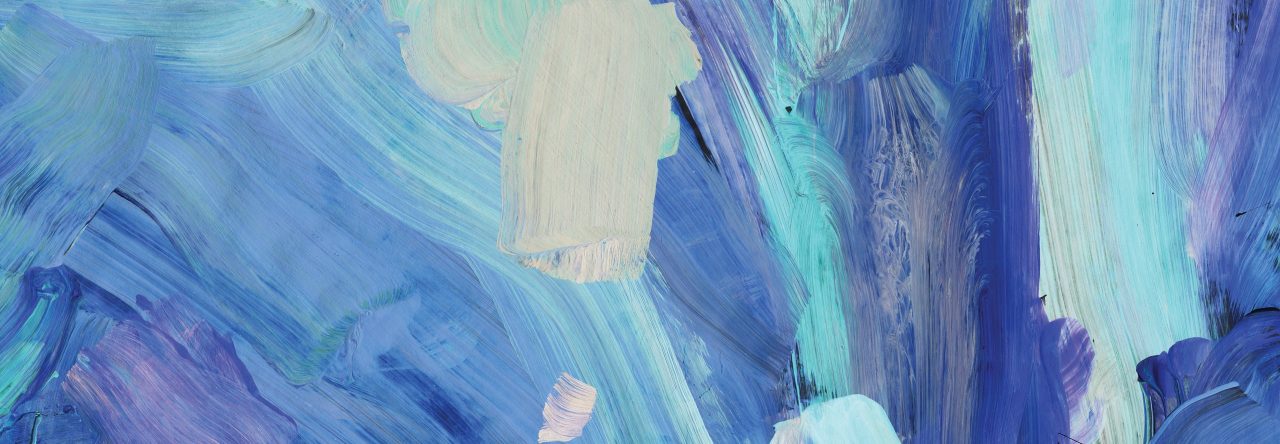Propaganda
- Mass Campaigns
- They put up wall posters and ran discussion groups, accusation groups (when people got together to talk about their own and others’ failures to be good Communists), story-telling groups and memory meetings.
- Mass organizations
- workers through trade unions, students, youth, and women.
- Their purpose was to “penetrate society, to bring vast sections of the population further into the party’s net”.
- coverage was far more extensive in urban areas,
- Mao advocated the Socialist Education Movement (SEM)
- Large doses of didactic politicized art
- figurative or literary
- Newspapers / TV
- In China during 1949, the PRC made the “China Central Television” and the “Peoples Daily” newspaper to spread their propaganda
- All newspapers were controlled by the Communist Party.
- Daizhao / Posters
- the Army became responsible for art.
- This art should unite and educate the people, inspire the struggle of revolutionary people and eliminate the bourgeoisie. Art had to be guided by Mao Zedong Thought, its contents had to be militant and to reflect real life. Proletarian ideology, communist morale and spirit, revolutionary heroism were the messages of a new type of hyper-realism that took precedence over style and technique and that differed in all aspects from art creation until then.
- the subjects were to be portrayed realistically
- The subjects were represented hyper-realistically, as ageless, larger-than-life peasants, soldiers, workers and educated youth in dynamic poses.
- Their strong and healthy bodies functioned as metaphors for the strong and healthy productive classes the State wanted to propagate
- Rectification Movements
- A campaign to identify, marginalized, intimidate and remove party members opposed to Mao’s leadership and policies
- Yan’an Rectification movement, or Zhengfeng, ran from 1941 to 1944. On the surface, rectification was concerned with educating the masses and purifying Chinese Communist Party (CCP) ideology
- The CCP feared that nationalist elements could weaken a united China. Religion posed a particular threat to communist control because it fuelled resistance to a centralized communist authority.
Cult of Personality
- Fuelled by the fanaticism of the Red Guards, pro-Mao propaganda and the Chinese Communist Party’s (CCP) control of information.
- Mao’s leadership – public perceptions of his leadership – subject of respect and adoration.
- Intensified during the Cultural Revolution.
- ideological visionary, a political genius, a guardian of his people and benevolent leader. Mao’s achievements were exaggerated and glorified
- The failings and brutalities of Mao-era China were concealed or explained away and blamed on others.
- Barrage of propaganda, symbolism and imagery, manipulated information and distorted history, Mao becomes unchallengeable and impervious to criticism.
- Philosophy
- LRB
- His most famous propaganda tool was the “Little Red Book,” which contained his own statements/ideology about what he knew/felt the “right” thing was in everyday life
- Mao Zedong Thought
- Mao Zedong Thought, formalized in 1945 in new party constitution
- States that the Party functioned under the great leadership of Mao Zedong Thought
- ‘Chinese Marxism’ and the ‘Sinicization of Marxism’.
- All party schools, party propaganda sections, general propaganda training groups and party publications to use Mao’s Thoughts as a foundation and teaching material and to disseminate Mao Thought in a huge wave of study. All this clearly was a continuation of the personality cult that had seen its origins in the mid-1940s.
- LRB
